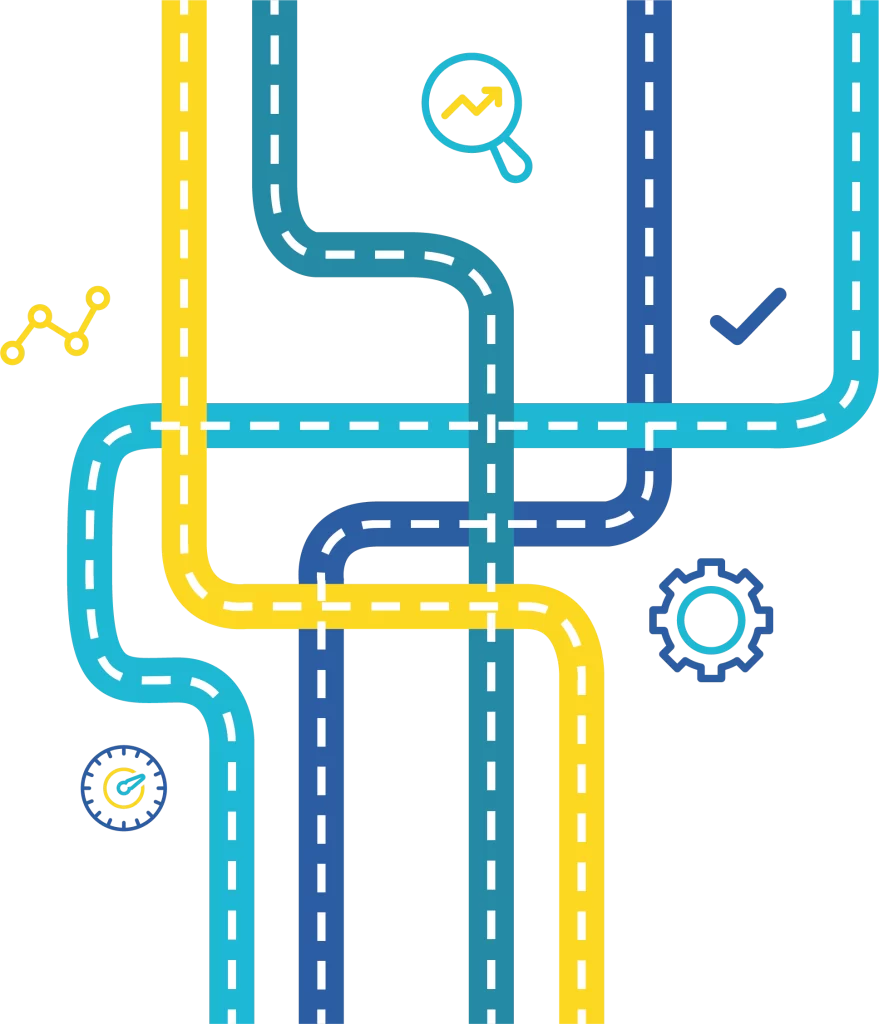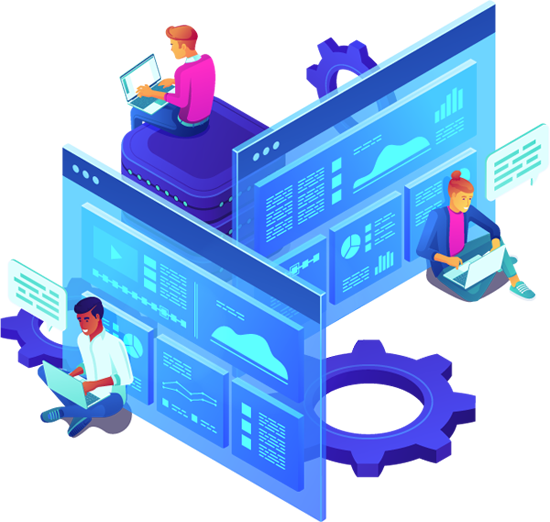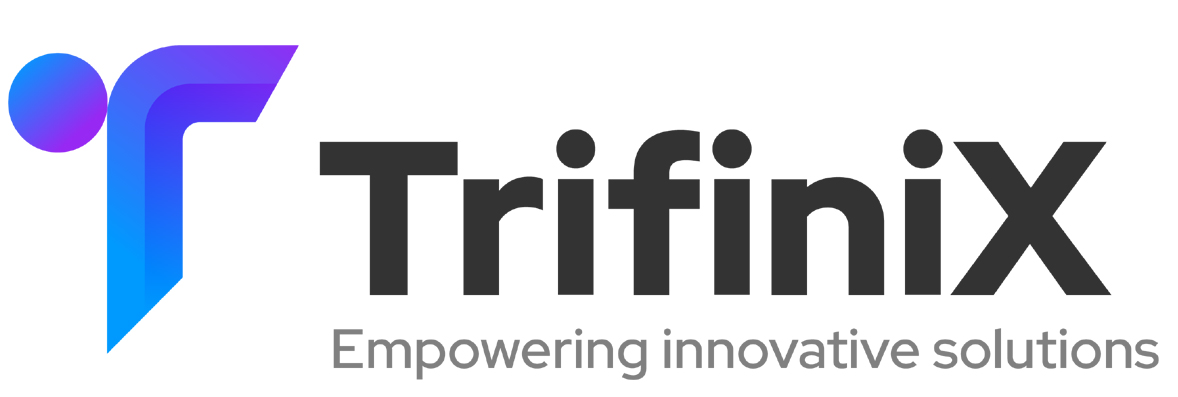Application Development
Home > Application Development
Industry Trends & Challenges
With the increasing prevalence of digital services replacing traditional personal and business needs and influencing our habits, there is a continuous rise in data consumption and the utilization of Cloud services. As businesses grow, they face a new challenge: Scaling.
For software, scaling entails adopting new practices and advanced architectures. Embracing the Cloud-Native movement with its functions and advantages, software practices and trends are now focused on creating or migrating applications to decoupled architectures. This involves considering various options:
-
Microservices: These are independently deployable applications with their isolated data persistent layers, ensuring they are not shared with other services.
-
Polyglot architecture: This approach allows businesses to avoid being tied to a single homogenous stack with only one programming language or data persistence option. Instead, they can use different language stacks for different purposes, taking advantage of various Database and Datastore options.
-
Containers: By defining all application dependencies, businesses can ensure portability from the developer workstation to production, making the deployment process smoother and more reliable.
-
Serverless: This strategy involves breaking down the application into functions and deploying these functions to Cloud-managed clusters. This approach abstracts away the need for managing underlying servers and middleware, providing greater flexibility and options to trigger services as needed.

Kubernetes Enablement
by opening a new way of managing your workloads and replacing several functions on your existing middleware, load balancers and firewalls.
Microservices Enablement
with service/ library decomposition, Polyglot Architecture, RESTful Maturity, Stateless Authentication/ Authorisation, Caching/ In-memory, Stream/ Queue Processing, Service Registry/ Discovery, Orchestration/ Choreography, Auditing / Logging
Cloud-Native
is not only containers but also benefiting from Cloud services including PaaS, Serverless, Managed Databases, Key-value Stores, Message Queues, Managed Kubernetes, Big Data services, Push-based triggers, Object Storage and many more...
Benefits
Cost Saving: Transition to Kubernetes means decreasing in the number of servers/VMs by increasing the per-OS resource utilization. Besides, the transition paths include functions like scaling without horizontal scaling(Event Sourcing), Serverless, auto-scaling(Even scaling to 0!) which are related with overall cost decrease.
Performance: Decoupling the architecture, adding caching layers, eventual consistency and auto-scaling increases the performance. Replacing the Monolith architectures with lightweight and lean architectures means higher performer applications and services.
Cloud-Native: Kubernetes-driven infrastructure, along with Cloud functions, brings self-healing and automation to your development and deployment
cycles.
Scaling: Scaling on Y-axis and Z-axis dimensions, rather than scaling on just the X-axis dimensions.


